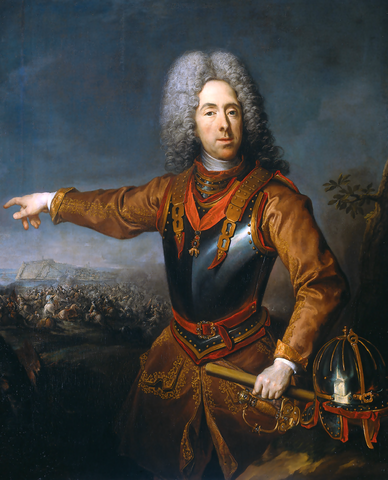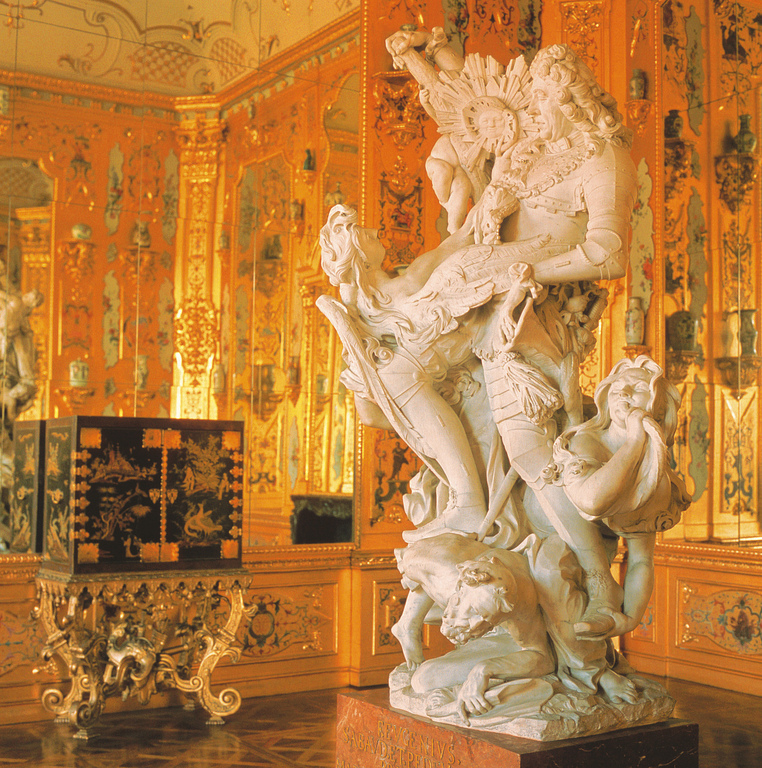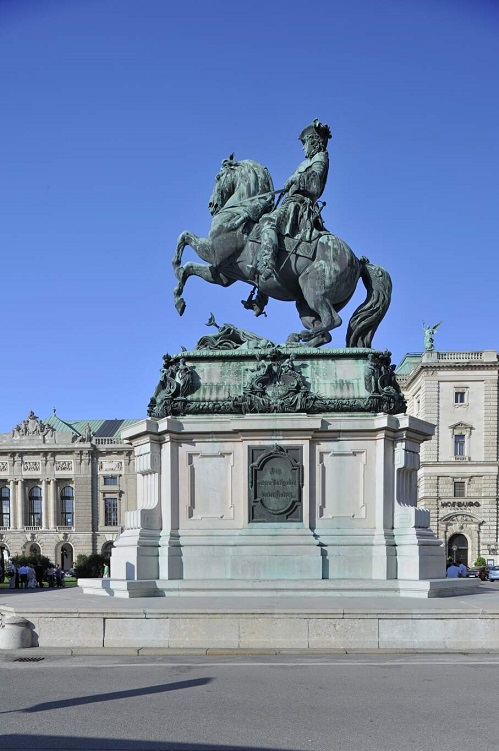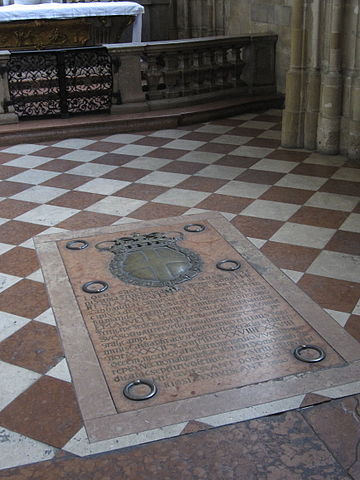Prince Eugene Franz of Savoy-Carignan went down in history as one of the most important and famous generals of the Habsburg Empire. In 1663, he was born into European high nobility in Paris. Because his relatives had connections to the Habsburgs in Spain and Austria, he was constantly enlarging his sphere of activity. In doing so, he engaged in several battles in view of his planned military career for Austria. In addition to his highly-valued military contributions, he was also characterised by his penchant for the fine arts. As such, he was also considered an art collector and lover of magnificent architecture during his life.
Prince Eugene: The General
- 1697: Commander-in-chief in the Great Turkish War
- 1701-1714: Commander-in-chief of the Anti-French Coalition
- 1714-1718: Ottoman-Venetian War
- Positions: Imperial War Council, diplomat, chief of the war party, Imperial Field Marshall
Today, numerous memorabilia is displayed in commemoration of the General in the Museum of Military History, including some from Prince Eugene’s personal possession. There, you can also view parts of the funeral decoration from his military funeral.
Art collector and patron
The General’s second great passion was considered to be art. To this day, you can visit the magnificent buildings of the proud building owner throughout Austria. The most important buildings among them are probably Schloss Hof in Marchfeld – today, it is a popular destination for the whole family near Vienna – and the Belvedere in Vienna, which today houses the largest Klimt collection in the world and more.
To this day, it remains unknown how Prince Eugene of Savoy was able to finance his passion for building and collection splendid things. Today, his large book collection, “Eugeniana”, is safely kept in the State Hall of the Austrian National Library. He also enjoyed great popularity as a patron and supported many artists during his time.
Prinz Eugen of Savoy, oil on canvas, 1718. This image hangs in the Wiener Belvedere on permanent loan from the Rijksmuseum Amsterdam:

Apotheosis of Prince Eugene:

Prince Eugene monument at Heldenplatz:

Grave of honour in the Prince Eugene Chapel
Today, the Prince Eugene Chapel can be visited in the north corner of the portal façade of St. Stephen’s Cathedral. It was here that the great general and patron was laid to rest. He died from pneumonia in 1736 and received a military funeral.

The Gothic chapel was originally built in the 14th century – and is among the 4 west chapels that were created as part of the cathedral’s expansion under Duke Rudolf IV.


